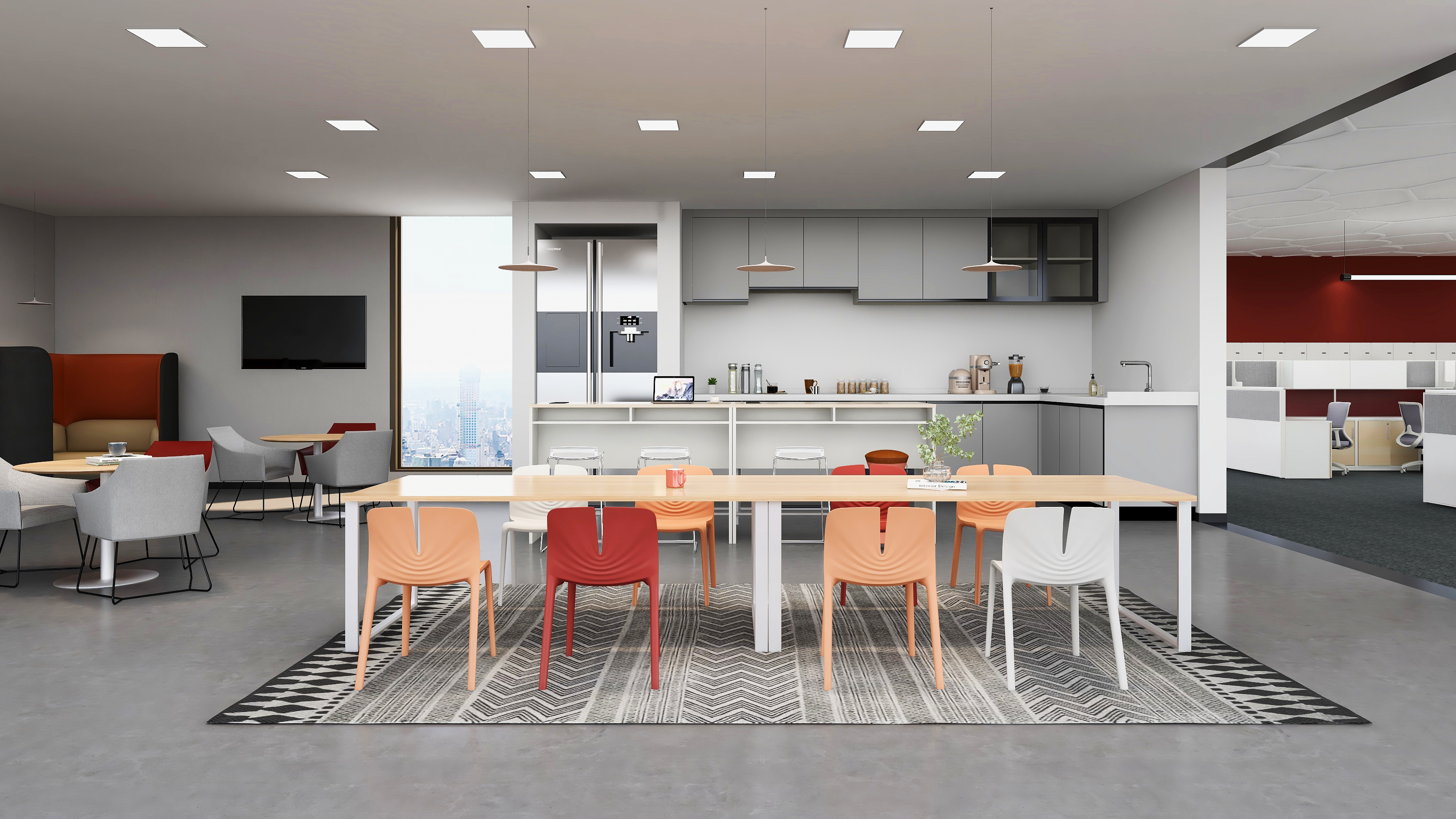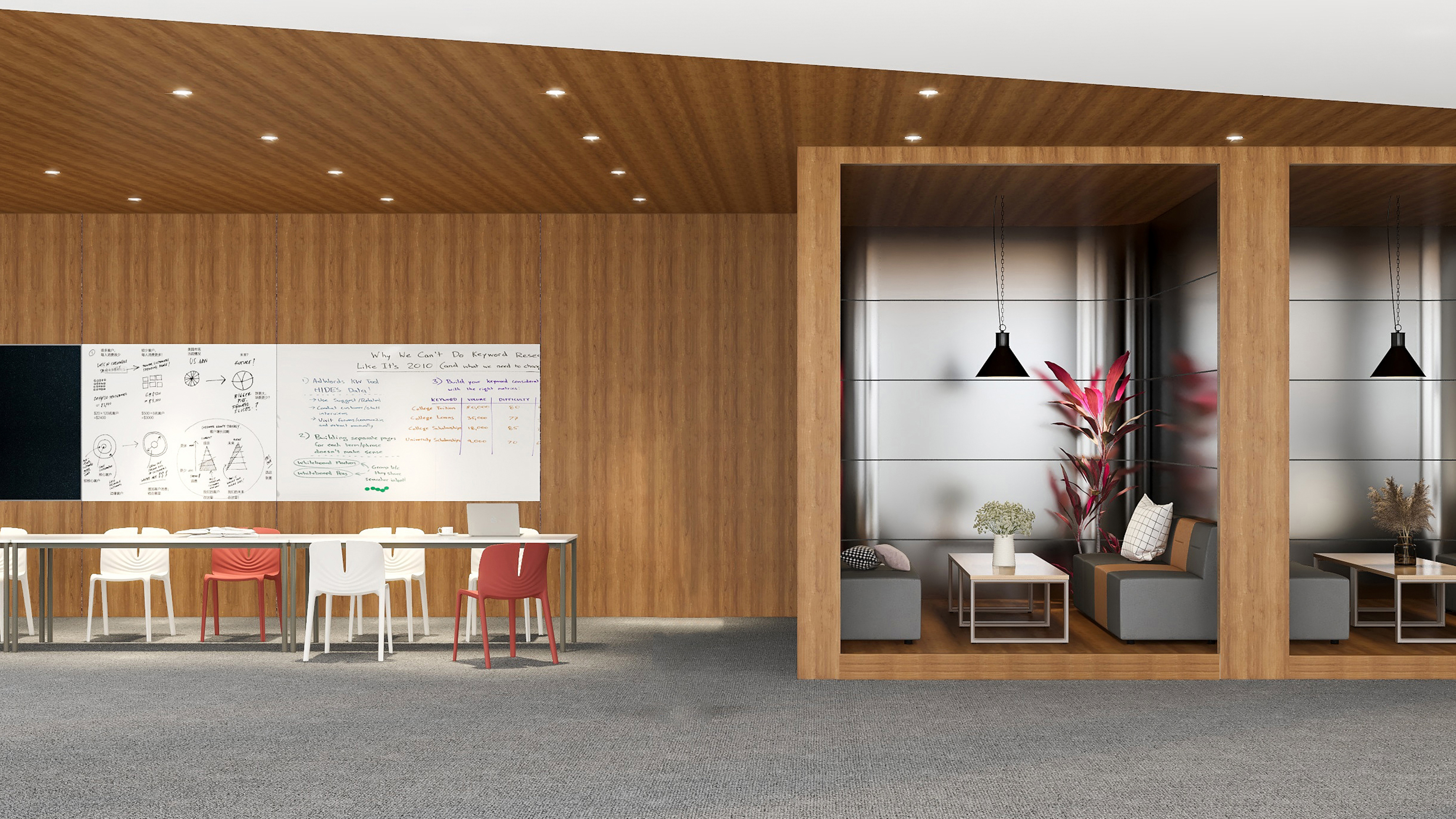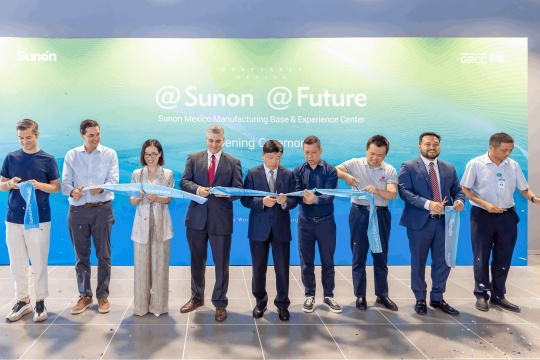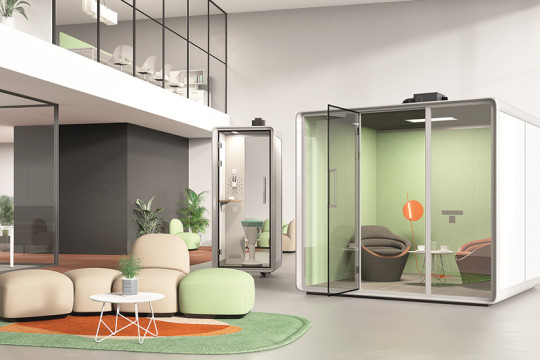Design for the People Who Want To Be There: Gens Y and Z
As the debate over work from home vs. on-site continues, one clear trend has emerged: Younger people are the ones who most want to be in the office.
This makes sense: While older workers already have robust networks and have often been at their companies long enough to know the culture and players, younger workers are new to their careers and companies. They’re eager to learn and build connections, especially after the isolation of the pandemic.
A quick refresher on the generations: Typically those born from 1981-96 are considered Millennials/Gen Y, while Gen Z are those born from 1997-2012. Together, these two groups now comprise over 45% of the workforce (vs. 34.8% Gen X and 18.6% Boomer), a number that’s quickly increasing as Boomers retire.
In other words: The younger generations will soon be the majority, and they’re the ones who most want to be in the office. Thus, smart employers should be designing offices with them in mind.
Gen Y and Z priorities
In every survey, younger people cite relationship-building as a top reason for wanting to be in the office. Gensler has identified five types of work modes: working alone, working with others in-person, working with others virtually, learning/professional development, and socializing. While Boomers spend more time working alone, Gensler notes that “Gen Z and Millennials spend three times more time learning and socializing … This suggests [they] place a higher value on building relationships and expanding their knowledge base.”

But they also want quiet spaces where they can get work done. In fact, one study points out that, having started their careers during the pandemic, “they may find a 2013-style open office plan distracting or even anxiety-inducing.” These generations also include more people who identify as neurodivergent.

Gen Z are also the first to grow up as tech natives. Born after 1996, they came of age with smartphones and constant connectivity as the norm. They expect office technology to seamlessly integrate with their work habits and needs.

Design implications
Future-minded employers who want to attract and retain Gen Y and Z should prioritize the following in their workplace design:
-
A mix of spaces for social interaction, heads-down work, and learning (and giving employees the flexibility to choose where and how to work)
-
Easy access to quiet zones
-
Strong, reliable wifi
-
Tech-centric meeting rooms
-
Amenities (either in-house or in the surrounding neighborhood)

Sunon can help
Interested in learning more about how to design your new space, or adapt your existing one? Contact your Sunon dealer or salesperson.


